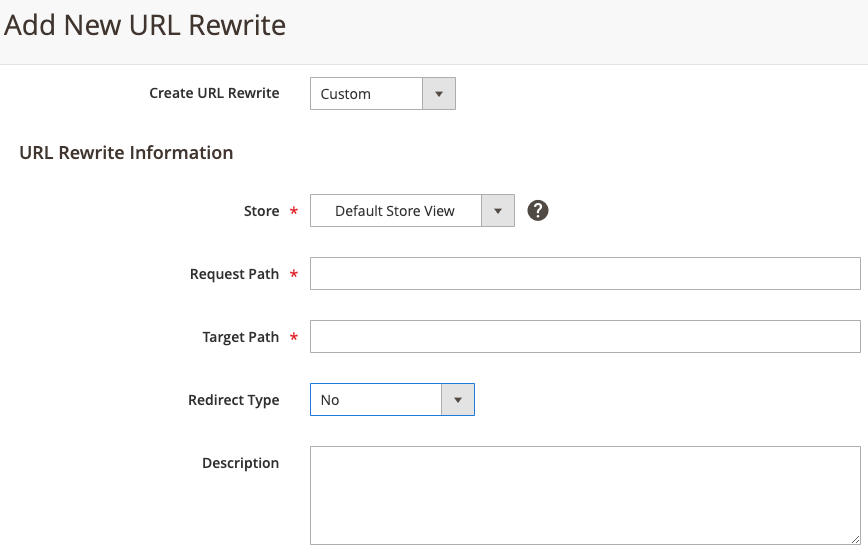Magento 2 SEO¶
Having the best user experience store is not enough; to rank at the top in Google search results and increase the visibility of your online store to get visitors and sales, you should implement SEO tactics.
Magento 2 is packed with fantastic SEO features to stand alone as the best e-commerce platform. It is a challenge to duplication of content, indexing issues, sitemaps, URL writing, and cross-linking. This article highlights SEO reach features that Magento 2 provides by default and how to optimize them for better visibility.
SEO for the Magento 2 store, on the flip side, is quite challenging too! Don’t worry; this article covers those challenging aspects too! Let’s move.
Magento 2 SEO Features¶
Robots.txt & Meta robots¶
Magento 2 robots.txt and meta robots tell the search engines regarding the site pages that should be indexed or ignored. Likewise, we can overcome the content duplication issues and hide the data with unwanted indexation. Well-planned indexation will result in good SEO.
Magento does not have a robots.txt file in the core architecture, so you must install it. Read this article to get the installation instructions for Magento 2 robots.txt and meta robots.
.htaccess file¶
The .htaccess file in Magento 2 controls visitors to your online store. This will allow you to set how visitors can interact! Let’s say password-protected pages, block visitors by IPs, set server timezone, etc. Magento 2 has this file by default but is not optimized for SEO. You can find this article insightful for the detailed instruction on Magento 2 .htaccess and understanding Apache settings (to optimize the file).
Magento redirect¶
This is an unavoidable step for store optimization. Else, your visitors are likely to end up on a “404” - a page not found. This leads you to a significant drop in your sales! Natively, on older versions of Magento, it utilizes a 302 with a temporary redirect. You can make the most out of your link value by using a 301 redirect. Use a built-in redirect system or other third-party extensions.
Find this article that instructs you on How Magento 2 allows you to make 301 and 302 redirects.
Follow to Marketing -> URL rewrites -> Add New:

Meta tags¶
Usually, three types of metadata are there. Meta tags play an essential role in SEO.
-
Meta-title is the browser's title bar and is visible to all (users/search engines). For the best SEO practice, use keywords at the beginning of the Meta titles (product name/special category/brand name).
-
Meta-description of the small text paragraph that is visible under the title. It holds the value for SEO ranking and improves the website's click-through rate. It shows the searchers what a website page is about and lets them proceed to visit the page or move on to the other search results. If we leave it blank, Google will auto-create its own description using your site content.
-
Meta Keywords are used to categorize the web pages by search engines. It doesn’t add values to get a higher rank but the categorization.
Store admins can add these Meta fields for each page either by adding manually, using default values, or getting the extension to automate the process.

Rich snippets¶
Rich Snippets is a great way to count on your SEO strategy to make your website look visually attractive. Using them will help you increase the CTR and eventually leads you to higher sales. You can implement different kinds of snippets like breadcrumbs, video thumbnails, price, category, star ratings, etc. Magento 2 provides essential markup data tools natively, but you can always extend the functionality with Magento 2 SEO extensions from the marketplace.